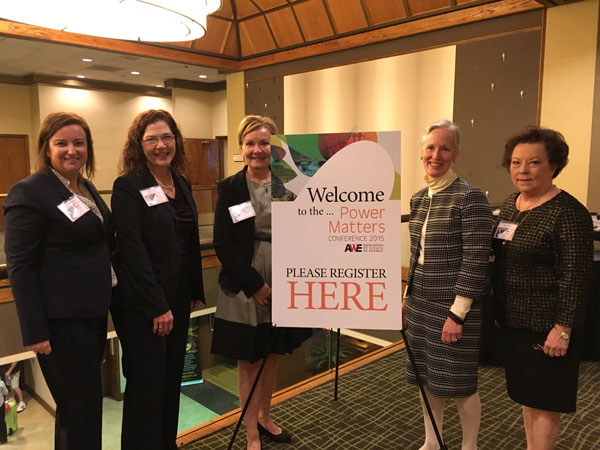
Only 1 in 4 individuals working in the computer and mathematical workforce are female. Additionally, only 1 in 6 people working in architecture and engineering occupations are women. As the numbers prove, there is still underrepresentation of women in the science, technology, engineering, and math workforce. This page collects articles and guides from around the Web to help women pursue careers in STEM fields.
Women and Careers in STEM
In an effort to make information focused on STEM education and careers more accessible to women, BestColleges.com has curated a Women and Careers in STEM series for those considering the field. Included are degree overviews, job boards, and perspectives from female professionals already in the industry. Take a look here:
Where Women Study STEM:
https://www.bestcolleges.com/resources/where-women-study-stem/
Women in STEM:
https://www.bestcolleges.com/resources/women-in-stem/
STEM Careers:
https://www.bestcolleges.com/careers/stem/
Maryville University Guide for Women in STEM:
This comprehensive guide from Maryville University aims to educate readers about the gender and diversity gaps in STEM fields:
https://online.maryville.edu/blog/women-in-stem-a-guide-to-bridging-the-gender-gap/
A Guide for Women in STEM: Closing the Gender Gap
This guide from MastersInDataScience.org highlights some of the issues women getting into STEM face, why women should pursue STEM careers, groundbreaking women in STEM and helpful resources for women interested in STEM.
https://www.mastersindatascience.org/blog/a-guide-for-women-in-stem-closing-the-gender-gap/
35+ initiatives to get more women into cybersecurity
Explore this deep dive into 35+ initiatives that should prove helpful for women exploring a career in this rapidly growing area.
https://comparite.ch/womenincybersecurity
High Schoolers’ Guide to Preparing for an Engineering College
The demand for STEM jobs and qualified individuals is expected to keep increasing. Here is an article with you that has some great information for high schoolers preparing to advance into a career in STEM fields.
https://stemstudy.com/high-schoolers-guide-to-engineering-college/
A Guide for Women to Break Into Information Technology
The tech industry is one of the fastest-growing industries and is projected to grow 12% in the next decade. While the tech industry can provide fulfilling careers and abundant paychecks, research has shown that IT and computing jobs are dominated by males. Despite the imbalance, there are many resources for women interested in STEM, including this guide. Atera’s guide includes information on the challenges women face in the industry, a list of different careers related to IT, and resources for tech training for women.
https://www.atera.com/blog/a-guide-for-women-to-break-into-information-technology/
A Profile of Computer Scientist: Grace Hopper
Grace Hopper was a computer programmer who pioneered the development of the compiler, which paved the way for her creation of the COBOL computer programming language. Hopper was also a rear admiral in the U.S. Navy. She was born in 1906 in New York City and died in 1992. In 2016, President Barack Obama posthumously honored Hopper with the Presidential Medal of Freedom.
https://store.hp.com/us/en/tech-takes/computer-scientist-grace-hopper
Industry and Career Resources for Promoting Diversity in Engineering
We strongly believe that a better balance is necessary within STEM fields and more women and underrepresented minorities must be included in the engineering workforce. With that belief in mind, we created a comprehensive list that details the many advantages gained from diversity, demographics of the engineering industry, and an overview of the different types of engineering careers. Furthermore, our article covers financial resources like grants and scholarships that are targeted toward minorities, engineering internship opportunities, and professional associations and organizations that exist to help improve diversity in engineering.
https://www.fictiv.com/articles/industry-and-career-resources-for-promoting-diversity-in-engineering



 AWE Board Member Tricia Berry with
AWE Board Member Tricia Berry with  Women on the Map, a new project of SPARK Movement hosted on Field Trip, a mapping app by Google — submit more names and amazing women to be added!
Women on the Map, a new project of SPARK Movement hosted on Field Trip, a mapping app by Google — submit more names and amazing women to be added!